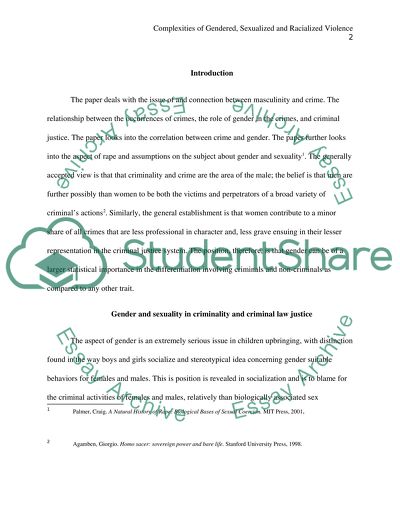Cite this document
(“The Complexities of Gendered, Sexualized and Racialised Violence and Essay”, n.d.)
Retrieved from https://studentshare.org/law/1398004-the-complexities-of-gendered-sexualized-and
Retrieved from https://studentshare.org/law/1398004-the-complexities-of-gendered-sexualized-and
(The Complexities of Gendered, Sexualized and Racialised Violence and Essay)
https://studentshare.org/law/1398004-the-complexities-of-gendered-sexualized-and.
https://studentshare.org/law/1398004-the-complexities-of-gendered-sexualized-and.
“The Complexities of Gendered, Sexualized and Racialised Violence and Essay”, n.d. https://studentshare.org/law/1398004-the-complexities-of-gendered-sexualized-and.


